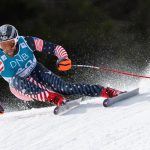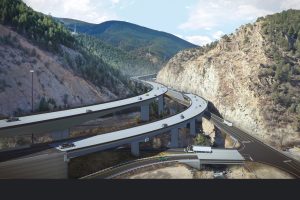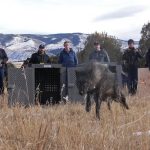Aspen Olympic downhiller Wiley Maple talks ski season, final World Cup push
Maple is hosting a fundraiser on Friday at Aspen Brewing Company
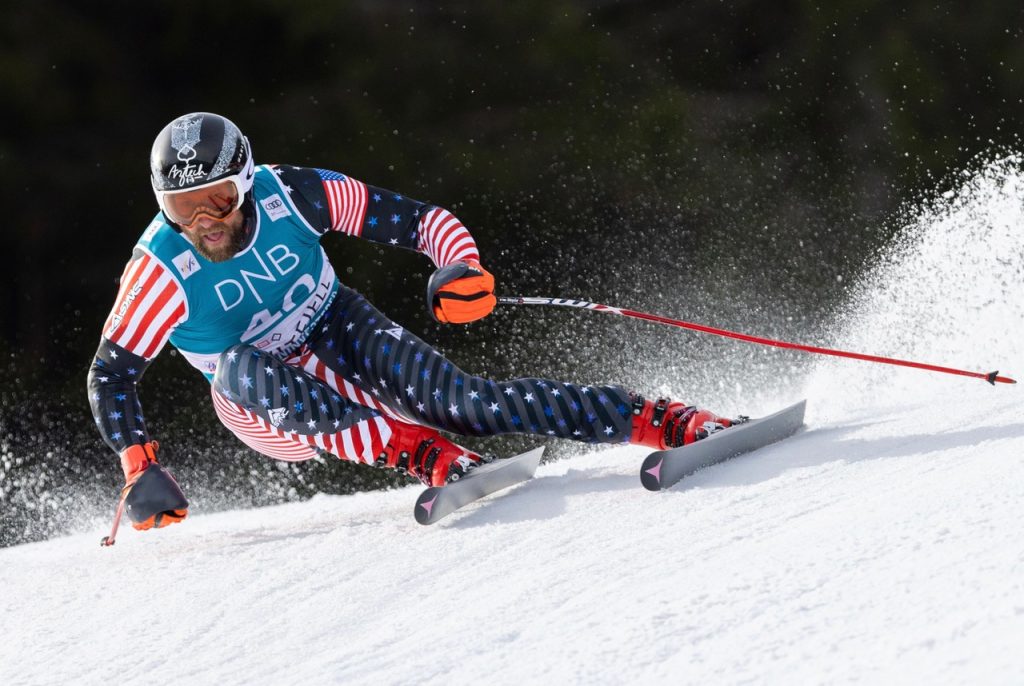
Courtesy photo
All good things must come to an end, and the writing is on the wall for Aspen’s own Wiley Maple. But the 2018 Olympic downhill skier isn’t about to go out quietly, with the 35-year-old ready for one final season on the World Cup, the carrot of a possible second trip to the Games helping guide him forward.
After a brief retirement in 2020 following spinal fusion surgery, Maple has slowly made his return to full-time ski racing at the sport’s highest level. He’s not officially part of the U.S. ski team, instead paving his own way, which brings its own challenges.
To help get the season going, and to make it possible at all, Maple is hosting a fundraising event on Friday, Nov. 21, at Aspen Brewing Company, 121 S. Galena St. in Aspen. From 5 to 8 p.m., guests can stop by for drinks, live music, and a silent auction that will help support Maple’s endeavors. A $35 donation at the door gets you into the raffle for a pair of Atomic 110 skis, plus a drink and food.
Ahead of Friday’s event, Maple answered questions from the Aspen Times. Competing exclusively in the speed races, the first World Cup downhills of the 2025-26 season are scheduled for Dec. 4-5 at Beaver Creek.
Aspen Times: You’re going into the season with the mindset it will be your last one on the World Cup, and last chance at another Olympics. What makes you know this is the finish line?
Wiley Maple: When I returned to the sport after “retirement,” this was the length of time I decided to give myself before moving on. Although I have had some of my most successful years, almost none of my circumstances have changed — it is a struggle every year to pull it all together, and without the support of a national team, I am essentially treading water in a hurricane. To anyone who’s asked, I have said two miracles would need to happen for me to continue beyond this season. One, I ski insanely fast; and two, the body feels up for another run. I’d settle for one haha.
AT: When you “retired” following your back surgeries the first time, did you really believe you had any chance to reach this level of skiing again? What finally prompted the comeback attempt?
WM: I was told by my doctors never again, and more or less believed them. Still, as soon as the acute pain from surgery and recovery stabilized, I had a hint of a thought to keep going. But skiing for the first time after the fusion eradicated that hope entirely. For all intents and purposes, I left racing behind completely as I finished school; my love for skiing never dimmed and I set up my schedule to allow as much skiing as possible. And while I was writing my thesis, I’d often rip up for a lap in the backcountry before hammering down on the keys into the wee hours of the night. It wasn’t until I had the hardware removed from my back nearly two years after surgery that things started to change.
After finishing school, I returned home to try and discover what might be next … I took up Aspen/Snowmass’ red coat and got lucky with an insane winter in which I skied harder than I had in years.
Sunrise Rundown: Headlines. Breaking News. Local Updates.
What’s happening in Aspen, in one click.
Sign up for the Sunrise Rundown at AspenTimes.com/newsletter
A friend convinced me to partake in the Aspen Snowmass pro tour, a panel Slalom event — and to my surprise, I did fairly well. More importantly, my body felt good. After a touch of madness, I had the idea of coming all the way back to the World Cup. It was a preposterous idea that nevertheless seemed possible … and as it floated in my mind, the icing on the comeback cake was that Aspen would be hosting a WC downhill and super-G in 2023. I was asked to commentate — I refused and said I’ll see you in the starting gate.
My comeback was quite a bit different than (Lindsey) Vonn’s and (Marcel) Hirscher’s — there were no rules made for me to re-enter the fold. And no sponsors interested in investing in such a venture. I started at the bottom and made my way back to a WC gate after a year fighting in the lower leagues. Four years after retiring in Bormio, I again pushed out of the gate, certain that this venture would end in calamity — but I crossed the finish into a career-best 12th place. Life continues to unfold strangely. A joke you might say.
AT: You competed in the 2018 Olympic downhill. Talk us through your memories, good and bad, from that experience and how it would feel to return to one final Games.
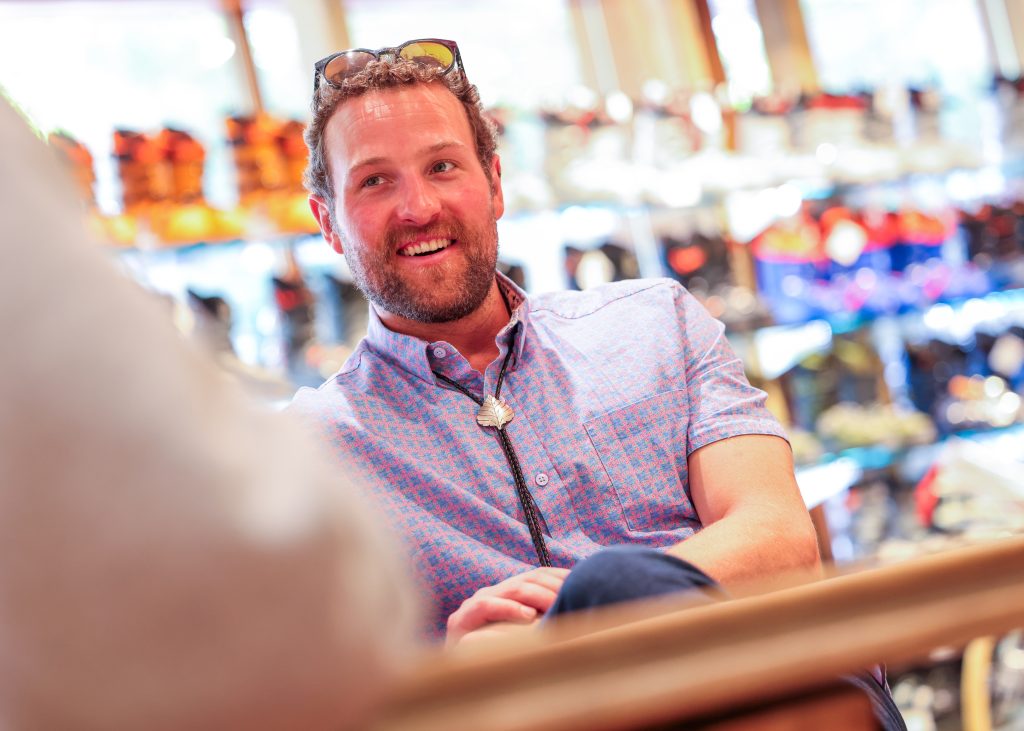
WM: The Olympics have always held a special draw for me. It speaks to our highest intentions, eliminating war through games and a coming together in camaraderie and the spirit of competition.
Making the Games as an unfunded exile after missing the previous year and a half was a special mark. The enthusiasm and excitement from the local community was perhaps the best part. At the Games themselves, opening ceremonies were a highlight, a chance to mingle and meet with all the athletes and nations. It held the excitement of the beginning — and the culmination of decades of dreaming and working toward such a stage. The idea of the Games and the athletes that make it there — even those that don’t are what make it so special.
There were a few letdowns, competing at a venue with almost no spectators except for a seemingly paid contingent provided by Korea. After leaving the mecca of ski racing, where 80,000 people roared to the races, it was quite a shift. I suspect this year’s Games (in Italy) wont have that problem.
Beyond that, with over two billion people on average watching the Olympics, someone is making a fortune, while the athletes compete for “honor and passion.” Two things that don’t put dinner on the table or give you a bed to lay your head, nor do they even allow you to compete. Once upon a time, the Greeks revered their Olympic athletes, for their sacrifice, for wars avoided, and entertainment provided: food for life. Somewhere along the line, we became not Olympians, but gladiators.

In a similar fashion, brands that had almost nothing to do with any athlete’s success — McDonald’s, Coke, Ralph Lauren, and Nike — took center stage and the people and brands who got us there were forced to remain nameless through Instagram blocks, and other types of censorship. An injustice to all those that actually got us there.
AT: Once again, you’ll be competing as an independent racer this winter, and not as part of the U.S. ski team. Tell us about some of the challenges (or even perks) of having to go that route.
WM: There are limited perks, though the ability to design my own program and do what I think is best for me is among them. Still, my finances largely make the ideal designs a fantasy.
Being part of a national team is certainly the best viable option at the moment. You are taken care of in a multitude of ways, teams of people track down sponsors, plan fundraisers, hire coaches, managers, and administrators, health insurance, the list goes on. They can wield a recognizable brand and capitalize on opportunities impossible for a lone athlete (unless perhaps they are the best). Beyond that, they can plan ahead, invest in a future — though one athlete may fall, another will rise, they will have a season, a race, and a chance to advance regardless of one individual’s circumstance.
Alone, I perform nearly every function of the team, from fundraising to tracking down sponsors. Planning, training, racing, and managing. A level of uncertainty hangs in the balance as I dance on the razor’s edge. My opponents on the WC are Goliaths — alone, I am attempting to race against Formula 1 teams with a souped-up Honda Civic my friends and I built in the garage, and only one set of backup tires. Hopefully, the rocket fuel will be the difference maker.
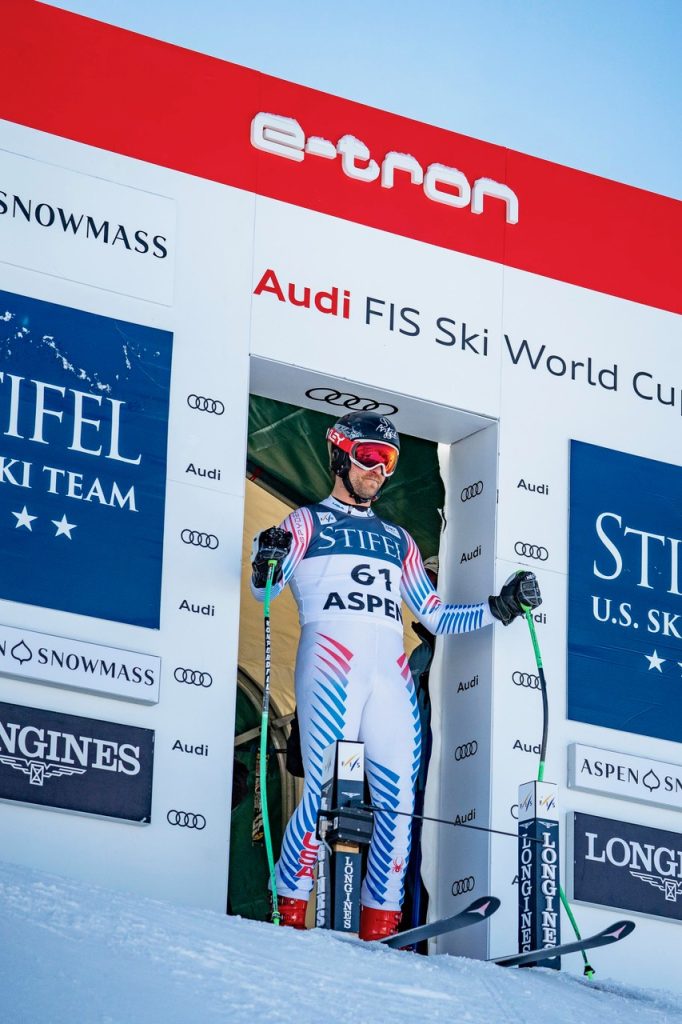
AT: You’re hosting a fundraiser here in Aspen to kickstart the season. Tell us how important this town and community continue to be for you in your professional skiing pursuits.
WM: The Aspen community has been responsible for keeping me in the gate and sending me to the Olympics for almost 15 years. I quite literally couldn’t do it without them/you. It’s a grassroots “professional career” held together with the enthusiasm of the town.
Beyond that, Aspen has been my training ground for most of my career. Other WC athletes might stop at Red Bull’s training facilities for the summer months, dialing in everything from their strength and conditioning to nutrition. I still use the AVSC gym most mornings. Ride and run the same mountains as everyone else. I rely on our local grocery stores, farmers’ markets, and restaurants to hit my nutritional needs. I supplement my training with all manner of rec sports in the valley. The “product” is truly locally grown. If it’s competitive on the world stage, it’s because Aspen is.
AT: If this is indeed your last time on the White Circus, do you have any plans for what comes next in life?
WM: I do, or at least I think I do. But I’ll cross that bridge or build it once I get to that river.
Bohemian Bier Spa set to open in Glenwood Springs this December
When Dasha Balasova immigrated to the United States in the late 1980s, contributing a piece of her culture to a small town in the Rocky Mountains was the last thing on her mind.


